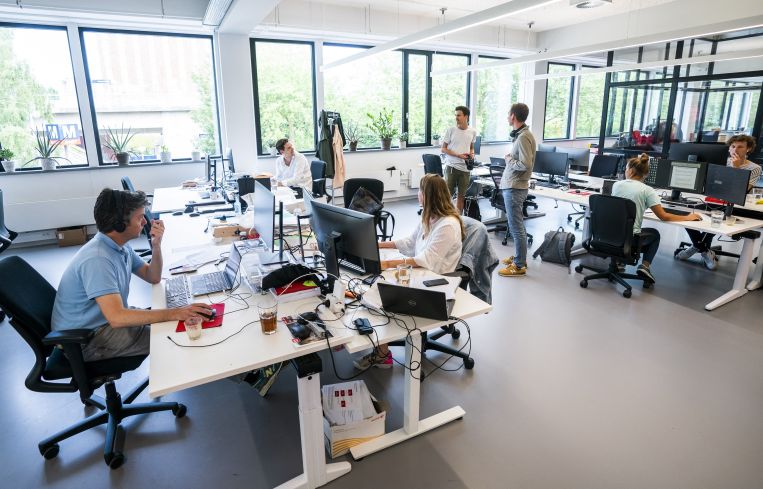Demand for Flex Office Is Growing — Where It Might Surprise You
By Ben Wright April 9, 2025 12:22 pm
reprints
In 2020 and 2021, the headlines were that the office was “dead,” and, this year, you may think everyone is back in one central office full time. Neither of these are true. Instead, the construct of work — where and how it happens — has changed and embraced agility. This is the lasting impact of the pandemic on workspace.
Major shifts in the post-pandemic workspace landscape highlight how demand patterns, space utilization and corporate real estate strategies have transformed globally. Corporate real estate is now seeking agility, scalability and financial efficiency in their office strategies, and this translates to the widespread appeal of flexible workspace.
The Instant Group, a leading global flexible workspace marketplace, has observed a 41 percent global increase in flexible office transaction sizes since 2019. Term lengths, too, have increased globally as confidence in flexible workspace has grown, up 4 percent globally when comparing 2024 to 2019, and 10 percent across the Americas.
As businesses continue to adapt to the changing landscape of how, when and where people work, demand trends continue to fluctuate across U.S. cities. Yet, despite new emerging hot spots, New York City continues to see the highest volume of inquiries for flexible desks across digital platforms at The Instant Group.

Beyond New York City, the top U.S. flexible workspace markets have shifted since 2019, with cities like Miami, Austin and Raleigh, N.C., experiencing substantial growth. Miami is the fastest-growing U.S. city in the top 10, moving from 10th in 2019 to second in 2024. More businesses are increasing their Florida presence, and interest in flex workspace is rising as a result. Miami is also the U.S. city with the most growth in transaction size (plus 353 percent) since 2019.
Similarly, as the geographical boundaries of work have eroded, lifestyle cities, including Miami, have made sharp inroads and continue to be highly relevant. The appealing quality of life, lower cost of living and an enhanced work-life balance are turning what were once holiday destinations into growing business hubs. Miami, Raleigh and Seattle have benefited from the migration to lifestyle cities. Demand in these cities rose 153 percent, 144 percent and 57 percent, respectively.
Flexible workspace demand in the suburbs has also grown as businesses accept hybrid models. In New York’s suburban markets, flexible workspace demand jumped 38 percent in Fairfield County, Conn., and 33 percent in Morris County, N.J., between 2019 and 2024. This shift in where people work benefits local economies as cities welcome a weekday workforce they didn’t previously have.
Central business districts and city center locations still play an important role in the corporate office strategy, too. The on-site meeting has replaced the off-site meeting as space utilization becomes ever more personalized. Headquarters locations become the new meeting location and the gathering space for training, town halls, workshops and more. Of course, many workers still live in, and choose to work from, these locations as well.
Space utilization is seeing other custom requirements as well. Instant’s 2024 Global Partner Survey Report found that flex space operators anticipate a 91 percent increase in demand for meeting rooms, a 73 percent increase in demand for event spaces, and a 64 percent increase in demand for coworking desks. Landlords and operators are taking note.
Corporate real estate that embraces agility has a lot to look forward to in a post-pandemic world. A return to office for some may mean two to four days in the office rather than full-time attendance. It may mean workplaces offering a network of locations rather than mandating work from one central business district headquarters.
Those who embrace the nuance of what it means to return to office and what it can look like are best equipped to recruit and retain top talent. With this, the market will continue to fragment as demand for office space — in all its forms — shifts as corporations and enterprise companies adapt to what it means to be truly hybrid and agile. It’s a transformational time to be in the office.
Note: Data and insights for this column came from The Instant Group’s proprietary flexible industry database, which tracks supply and demand data across its digital platforms, as well as primary research from the 2024 Fixed to Flex Partner Survey.
Ben Wright is the global head of partnerships for the Instant Group.


